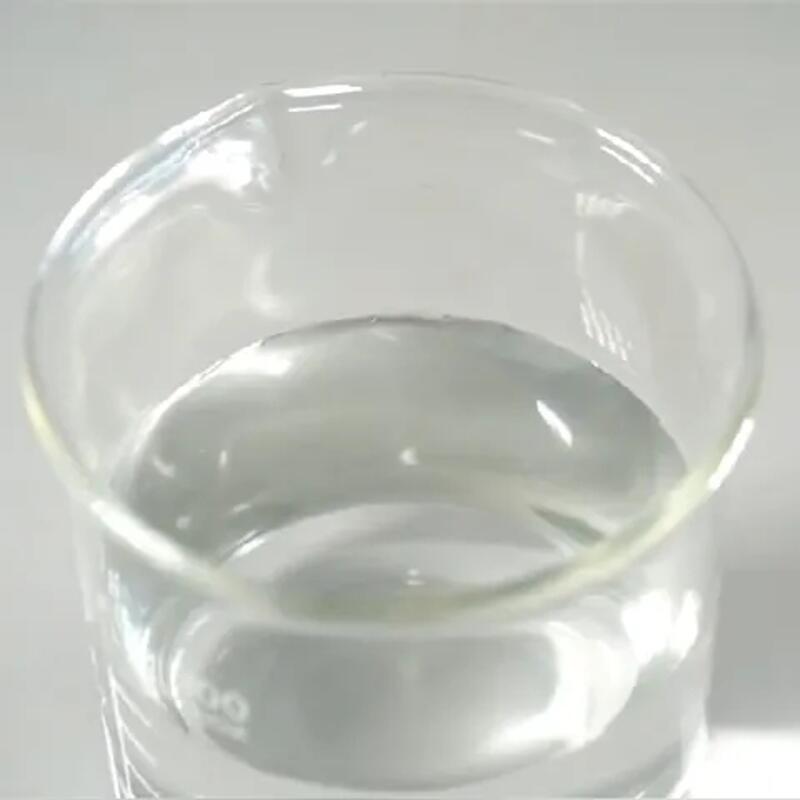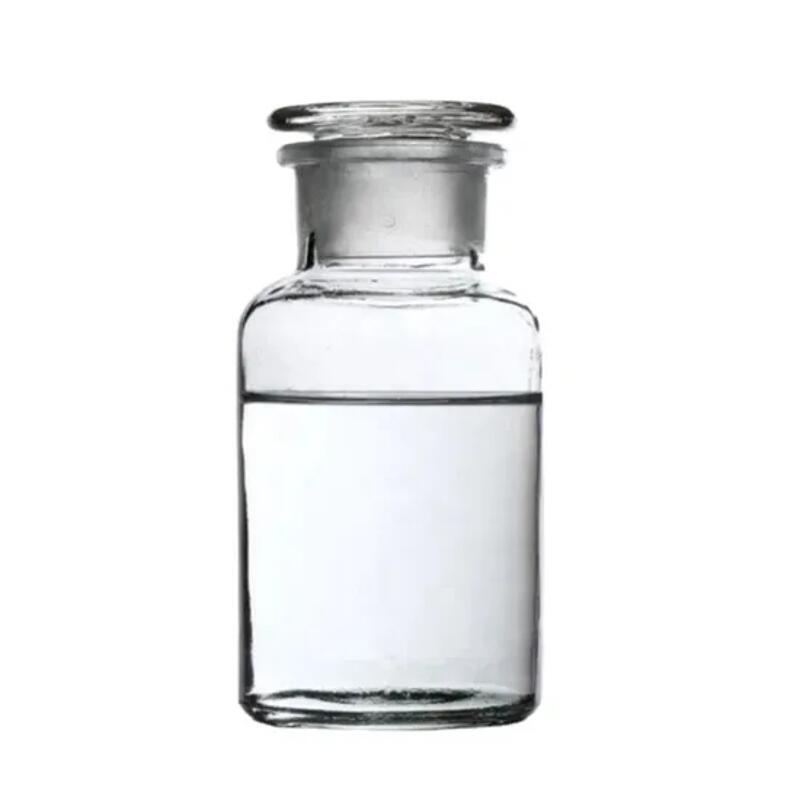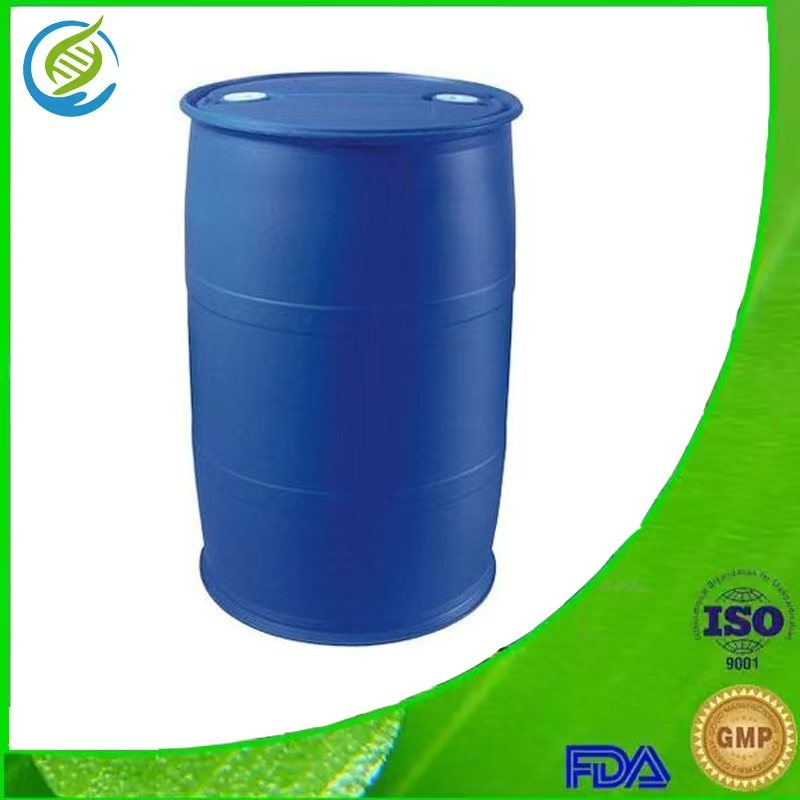1 case of hyponatremia in uterine surgery
-
Last Update: 2020-06-22
-
Source: Internet
-
Author: User
Search more information of high quality chemicals, good prices and reliable suppliers, visit
www.echemi.com
The uterine mirror is a kind of minimally invasive endoscope, which is widely used in gynaecological surgeryAlthough the incidence of complications of uterine surgery is low, some complications may be life-threatening, including diluted hyponatremia caused by excess liquid (incidence 0.06% to 0.2%)Hyponatremia, also known as water poisoning, is usually defined as a serum sodium concentration of less than 135mmol/LThe hyposodium emisis in patients with uterine cavity surgery is caused by the absorption of large amounts of vents in a short period of time, and itsclinicalperformance is dominated by neurological symptoms, which can cause low blood pressure and even non-cardiopulmonary edema in severe casesOne typical case encountered in theclinicalis reported below1Patient informationpatient, female, 30 years old, height 163 cm, body mass 57kgDue to the extension of menstruation with increased longitude of more than 2 years more than admitted to hospital, the past history is not special, ultrasound prompt: uterine multiple fibroids (5 to 10), the largest 4.2 cm x 3.3 cm; It is proposed to remove the uterine fibroids of the lower uterine cavity mirror with intravenous anesthesia and to remove the uterine cavity polypsectomyThe patient's vital signs were in the normal range, blood pressure (BP) 130/76mmHg, heart rate (HR) 72 times/min, pulse oxygen saturation (SpO2) 99%conventional induction, larynx ventilation, initial airway pressure of 13 cmH2O, surgery about 35min, airway pressure rose to 21 cmH2O, SpO2 decreased to 93%, inhalation oxygen concentration from 50% to 1 After 5min, airway pressure rises to 30 cmH2O, SpO2 drops to 80%, BP decreases to 80/41mmHg, HR is 40bpm, and pink foam-like sputum is visible in the throat ductRapidly deepening anesthesia, spitting, static injection of atropine, adjusting the position of the larynx, air pressure and SpO2 still did not improve significantly Urgent blood gas, suggested that the serum sodium concentration of 99mmol/L, and the nurse check the amount of puffed uterine fluid, found that the patient has been balancing about 5000mL puffed uterine liquid, the proposed patient due to a large amount of absorption of puffed uterine fluid and the development of acute hyponatremia immediately notify the gynecologist to stop the operation, to the patient to carry out emergency trachea intubation, positive pressure ventilation, revergomi dehydration, correct electrolyte disorders and monitoring blood gas and other treatment measures, the patient's vital signs are stable, transferred to the intensive care unit (ICU) to continue treatment, follow-up patients without neurological sequelae 2 Discuss in order to avoid heat burns caused by unipolar equipment, in the uterine mirror diagnosis and therapeutic operation, a large amount of puffin liquid, such as 5% glycol, 3% sorbitol and other non-electrolytic solution If a large amount of puffing fluid enters the body circulation, it will lead to complications such as hyponatremia The U.S Association of Obstetricians and Gynecologists published in the uterine cavity liquid management guidelines suggest that the absorption of 500mL low-puffuterine vents can cause CT visible cerebral edema; mild hyponatremia can be characterized by nausea discomfort, headache, drowsiness, consciousness disorders, etc., heavy can occur epilepsy , coma, respiratory arrest and non-cardiac pulmonary edema In the state of full hemp, the nervous system symptoms of hyponatremia are often imperceptible, and after non-heart-derived pulmonary edema, hyponatremia has become more serious Therefore, early identification of the risk factors of uterine surgery hyponatremia is conducive to the systematic prevention of the occurrence of hyponatremia Risk factors include: (1) uterine cavity heavy adhesion, multiple uterine fibroids and volume of 3 cm; (2) therapeutic surgery, especially fibroid removal, adhesion laxion, etc.; (3) surgery time, 1h, (4) excessive pump flow rate caused by excessive pressure according to the analysis steps, review the case history data, respectively, from the amount of puffed liquid and the influence factors of the amount of the find to find the root cause Affecting the amount of puffed uterine fluid: the patient's uterine mouth is tight, easy to cause the ventdle of the palace drainage is not smooth, so that the amount of reduced, resulting in the occurrence of hyponatremia, is one of the direct causes of hyponatremia, but not the most important cause Affecting the amount of puffed uterine fluid: the patient has multiple uterine fibroids and therapeutic surgery these 2 low sodium blood risk factors, easy to lead to surgery time extension, increased amount of puffed uterine fluid, but this case of patient surgery time of about 40min, not enough to lead to such a serious hyponatremia; May, resulting in low sodium emis, but not enough to cause serious water poisoning of patients, and finally, in the examination of surgical equipment, found that the operating room irrigation equipment has laparoscopic and uterine mirror 2 modes of operation, laparoscopic mode of perfusion pressure for the uterine cavity mirror mode 2 times, when installing different types of palace supplies pump, irrigation mode will automatically match different types of consumables precisely because of the misselecting of pump supplies, so that irrigation equipment sensing is set to laparoscopic mode, perfusion speed and pressure increase, directly led to an increase in the amount of puffed uterine fluid, so that a large number of into the body cycle, which causes the patient's hyponatremia Puffing palace pump supplies packaging no obvious sign reminder, this detail is very easy to be ignored by the operating room staff, if the uterine cavity mirror surgery process misselected supplies type, direct default to laparoscopic perfusion mode, puffing palace pump will increase the flow rate, directly lead to uterine pressure is too high, increase the amount of puffed uterine fluid, very easy to cause hyponatreemia In addition, the surgeons, anesthesiologists and nurses did not communicate enough, did not check the amount of fluid at any time, did not early detection of hyponatremia After analysis of the cause, it was finally found that the misselecting of pump supplies in the surgery was the root cause of water poisoning in patients, while the poor drainage of puffing palace fluid exacerbated the process Develop an action improvement plan in accordance with the PDCA (plan-do-check-act) cycle the period of uterine cavity surgery perisinal need steaming: (1) pay attention to patients with high-risk factors, increase vigilance; (2) pay attention to the type of pump supplies, separate storage of different consumables, the supply packaging and irrigation equipment work mode for eye-catching identification; At the same time, the implementation effectiveness of the above-mentioned action improvement plan should be regularly reviewed and evaluated to achieve continuous improvement in the quality of care The main purpose of this case is to remind the anesthesiologist seeking systemic errors in the accident after adverse events, to find the root cause according to the analysis steps, to develop standardized, simplified action improvement plan, and to make full use of the PDCA cycle to continuously improve the quality of medical care, reduce the incidence of adverse events
This article is an English version of an article which is originally in the Chinese language on echemi.com and is provided for information purposes only.
This website makes no representation or warranty of any kind, either expressed or implied, as to the accuracy, completeness ownership or reliability of
the article or any translations thereof. If you have any concerns or complaints relating to the article, please send an email, providing a detailed
description of the concern or complaint, to
service@echemi.com. A staff member will contact you within 5 working days. Once verified, infringing content
will be removed immediately.







